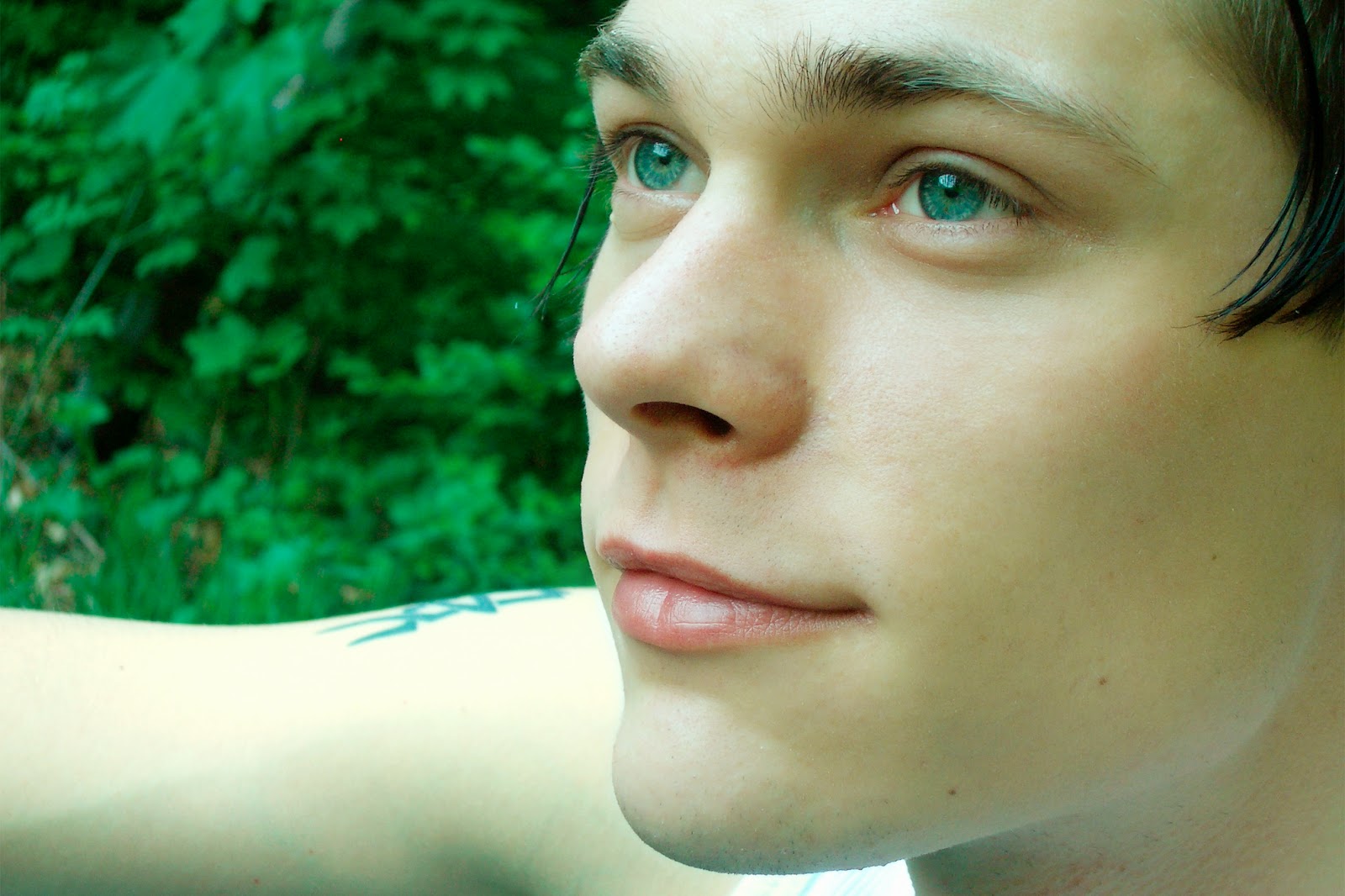


On a zoom lens you can have a fixed or non fixed Aperture. If you own a lens, you can always see written what is the minimum Aperture of the lens. If you want almost all of the photo in focus with maximum quality, you should use an f-number between f/7 and f/11. Check on the photo below how I used this effect. This will affect on the end the quality of the photo and create such effects as the “Light Star Effect”. The smaller the Aperture (high f-number, like f/22) the more the light will disperse (diffract), because is passing only on a very small hole. You should also not use the maximum aperture of the lens, if you want the maximum sharpness on the photo. You could also chose to have the background in focus and the Eiffel Tower blurred out. Whatever points are on the same distance (same geometric plane) to the lens, will be on focus. You can see on the first photo how the top part of the Eiffel Tower is sharp and the base isn’t. You can easily see how the Aperture affects what’s in focus and what isn’t.ĭoes this mean that you should only use the maximum and minimum Apertures and forget the rest? The answer is no! This blurry effect is called Bokeh.Ĭheck now how the apertures with f/7 and f/22 look like. Check how on the photo with f/1.8 the small Eiffel Tower is on focus and the background is totally blurry. On the next photos I used the following f-numbers: f/1.8, f/7 e f/22. The higher the f-number the more that is in focus. The Aperture has a big influence on this, as the smaller the f-number the less that is in focus. The Depth of field is no more than the distance between the nearest and farthest objects in a scene that is in focus.
#Big aperture small f number iso
To have the same amount of light with a smaller Aperture, you will need to raise the ISO and Shutter Speed.
Using the same ISO and Shutter Speed on all photos, check how the amount of light is decreased by choosing a smaller Aperture (big f-number). Of course, for each f-number that you increase (for example from f/2.8 to f/4) the amount of light that hits the sensor is half.Īperture changes from lens to lens and the smaller the minimum f-number on a lens, the more expensive it will be, due to technical questions such as lens size. So we can say that they are “opposite”, because when you say that you have a large aperture you mean that you have a small f-number.įor each stop on the f-number that you decrease, the amount of light that hits the sensor is double (for example from f/2 to f/1.4). The smaller the Aperture, the less light that enters though the lens, but the bigger the f-number. The bigger the Aperture, the more light that enters through the lens, but the smaller the f-number. The f-number, is the ratio between the focal distance and effective diameter of the lens (part of the lens on which the light enters), as described below:į -number = Focal Distance / Effective Diameter of the Lens To use the Aperture on your camera, you have to use the f-number. Below you can see what a big and small Aperture look like. The bigger the aperture, the larger this hole is and obviously the smaller the Aperture, the smaller the hole. The other two are ISO and Shutter Speed.Įxplaining on simple terms, the Aperture is the “hole” on the lens, through which the light hits the sensor. *Se quiseres ler este Post em Português, clica aquiĪperture is one of the three pillars of photography, defined as the Exposure Triangle.


 0 kommentar(er)
0 kommentar(er)
